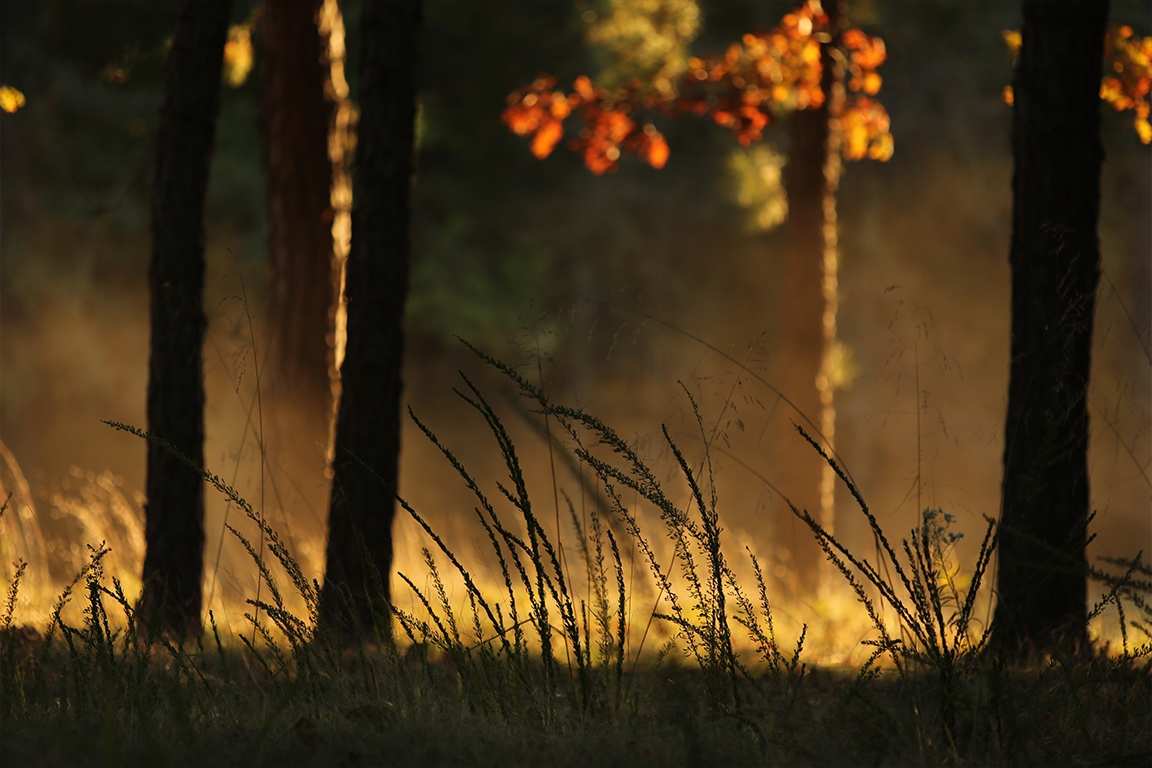History of Country Club of Fairfield
Located adjacent to the Southport Harbor on Long Island Sound, the Country Club of Fairfield has been host to numerous MGA and local area tournaments throughout its history. The club was founded in 1914 by Oliver Gould Jennings, his sister, and four others in the hope of creating a private course with fewer golfers.

The course was originally designed by Seth Raynor as one of the first projects in his illustrious career. Raynor had made a name for himself after assisting Architect C.B. Macdonald at The National in Southampton, N.Y., and he was currently working on Lido Golf Club on the south shore of Long Island when he was enlisted for the job.
Originally built on onion fields, marshland, salt meadows, and beachfront, the land was transformed into the impressive course it is today. Work on the course began slowly in 1916, with landfill being dredged out of the harbor and topsoil needing to be brought into much of the course. World War I put a brief halt to the project but by 1919, four holes were finished, and the rest of the 18 were completed the following year. By the end of construction, an amazing links-style course was ready for play.
Lined with wetlands, ponds and seagrass, Fairfield’s layout is unforgettable. The course has scenic water-lined holes throughout the 18. A seven-acre “lagoon” lies in the middle of the course, and comes into play on six holes. Three of the five par 3s cross water hazards, while one of the most memorable holes, the par 4 6th, has a forced carry over the lagoon. Following their tee-shots, the players must approach a small green protected by more water.
Raynor isn’t the only famous architect to have his thumb print on the Country Club of Fairfield. His sudden death in 1926 at the age of 51 left the club at a loss as how to update the design of the course.
In the early 30’s, Tillinghast was called to Fairfield to make some changes. He worked on many of the green complexes, giving them classic Tillinghast characteristics. In one of the more noticeable changes, on the short 4th hole par 3, he decided to move the green, then encircled by bunkers, twenty yards closer to a pond to incorporate the challenges of the natural terrain. He did this again on the 6th hole, bringing the fairway and green closer to the lagoon that runs through the course.

In 1961, after numerous hurricanes had damaged the clubhouse, Robert Trent Jones Sr. was brought in by club officials to help redesign numerous holes for better placement of the facilities. The idea was to bring the clubhouse to a higher, more inland position. He was also given the task of rerouting the course so that it had a better flow with the new clubhouse location. To accomplish this, Jones ended up building three new holes from scratch and changed the par and layout for many of the other holes.
Having been worked on by numerous golf architect legends over the years, the Country Club of Fairfield is one of the Met Area's finest golf courses. The 133 slope, 6,358 yard par 70 course is a challenge for golfers of any skill level. The MGA has hosted numerous events here, including the 1994 Father and Son Championship, the 2008 Met Open, and the inaugural MGA Senior Masters in 2012. During the Met Open in 2008, Timothy Hegarty shot a 62, the lowest 18 hole score in MGA history. This year the Country Club of Fairfield will provide a challenging and picturesque venue for the 114th Met Amateur Championship.
